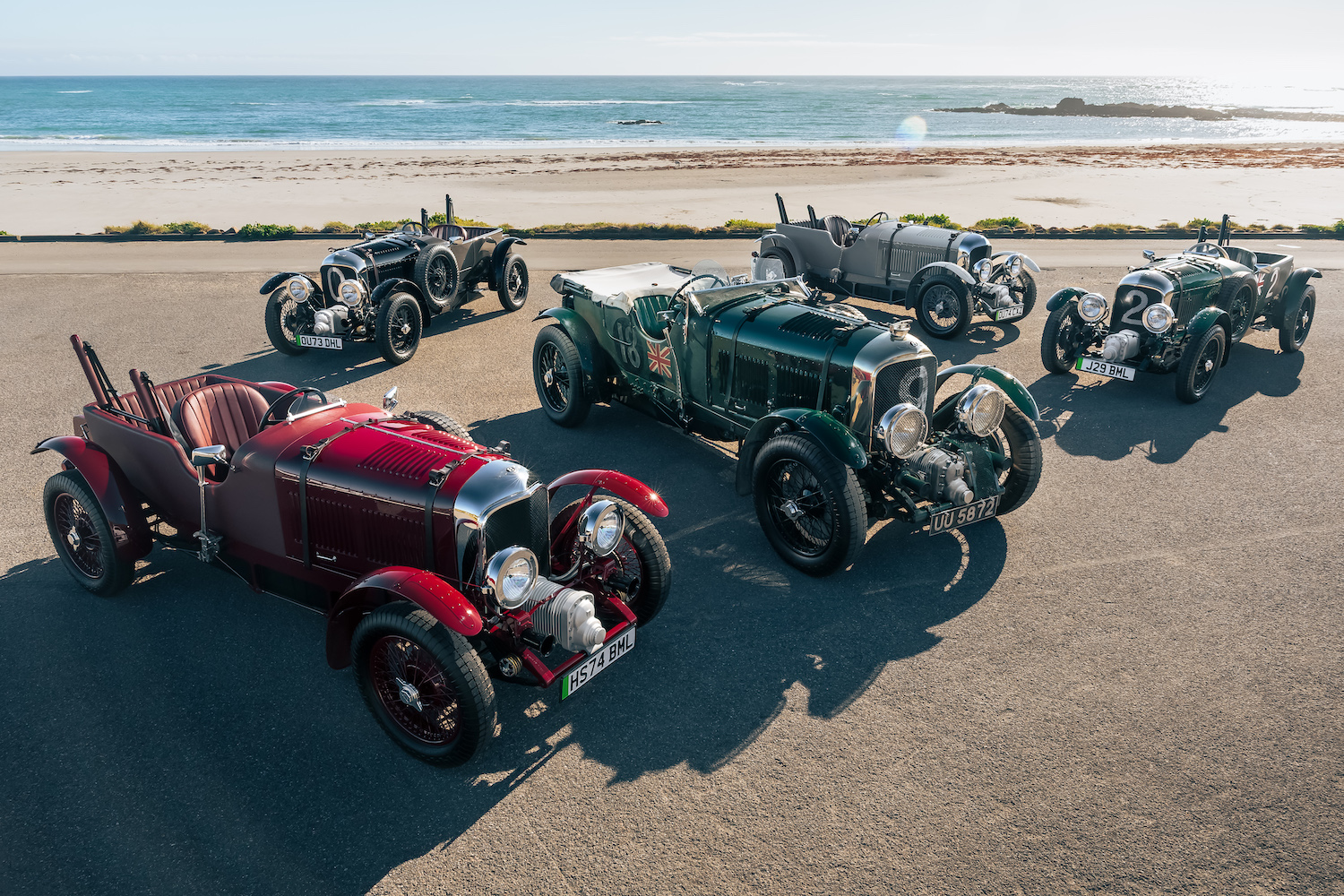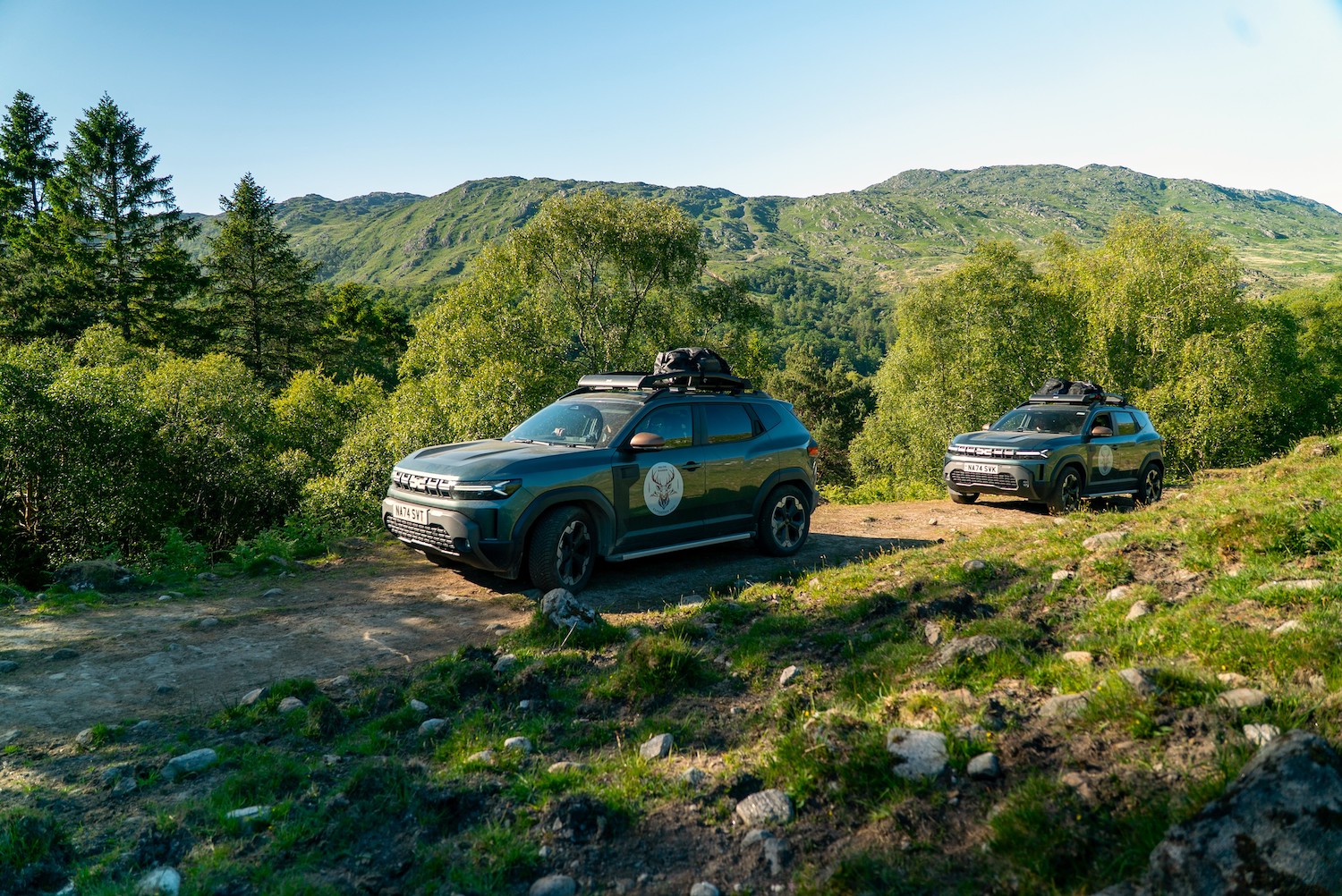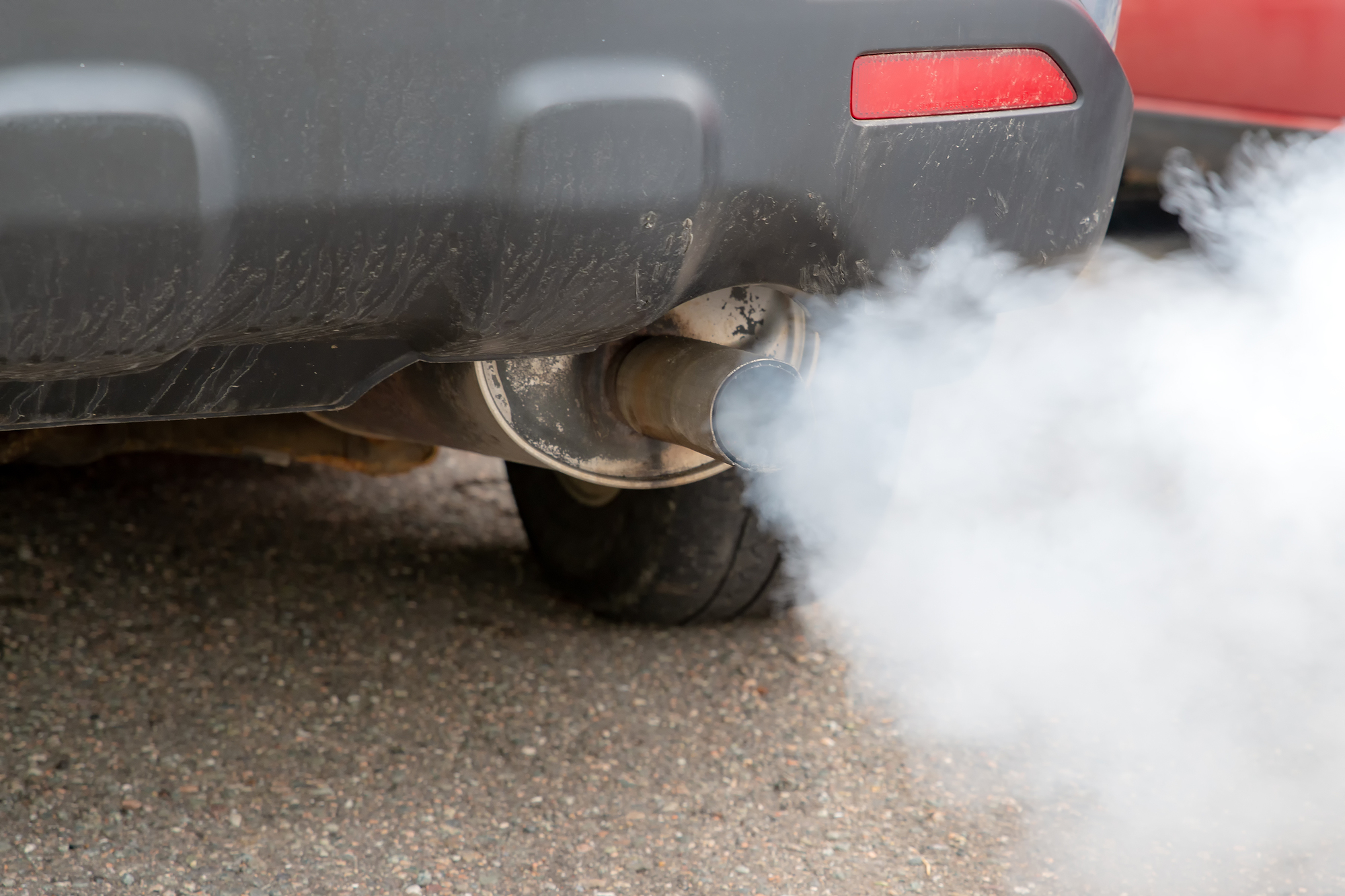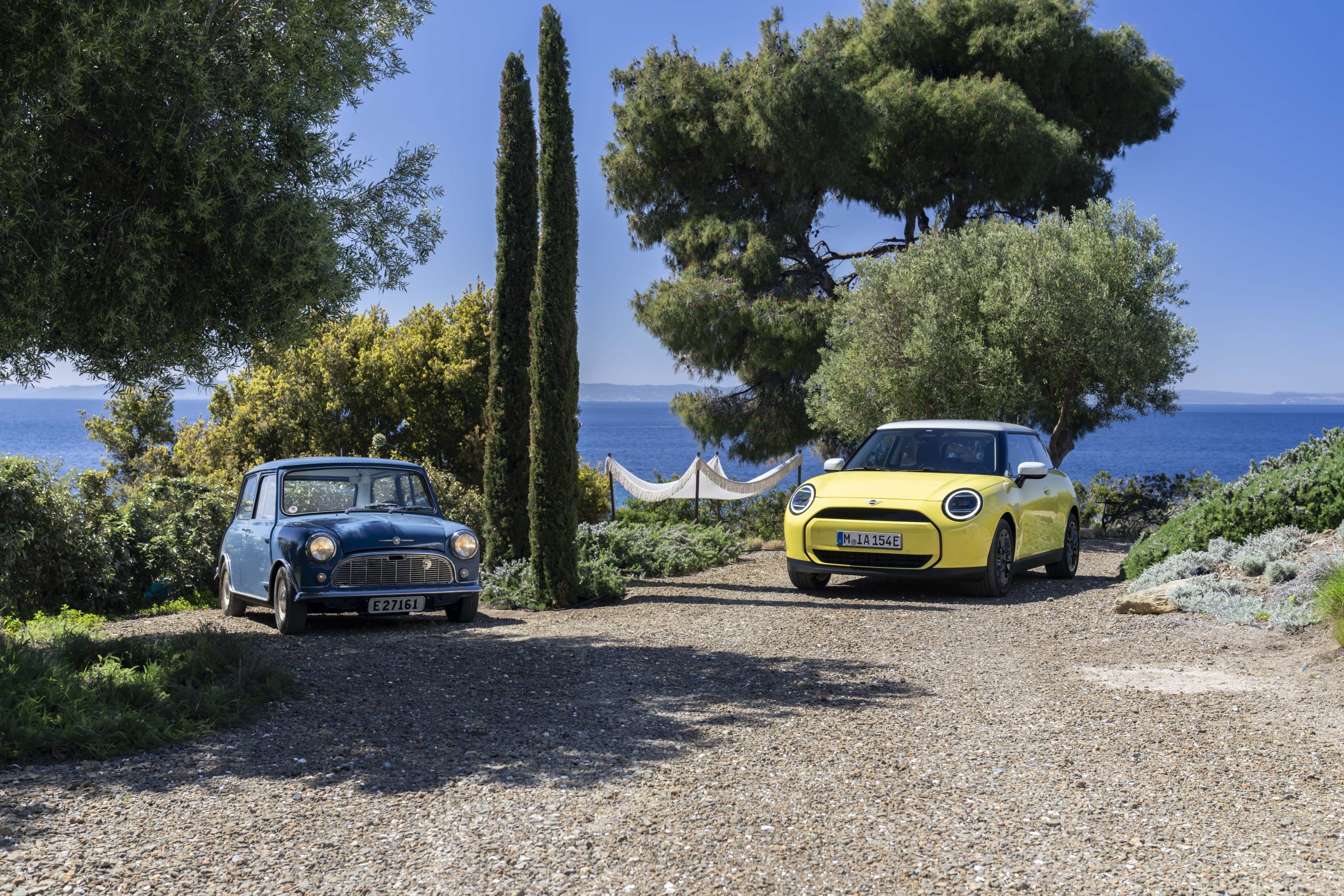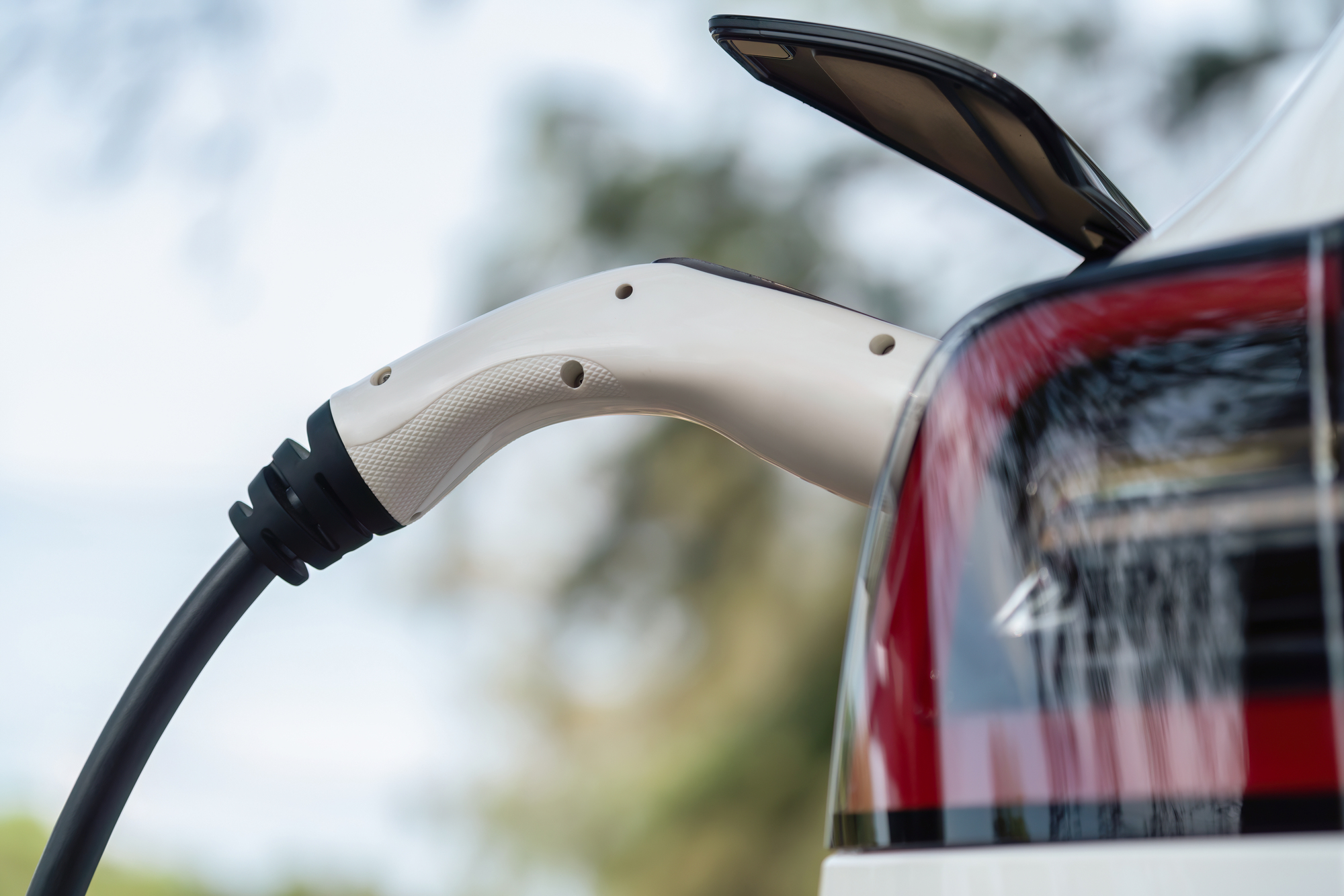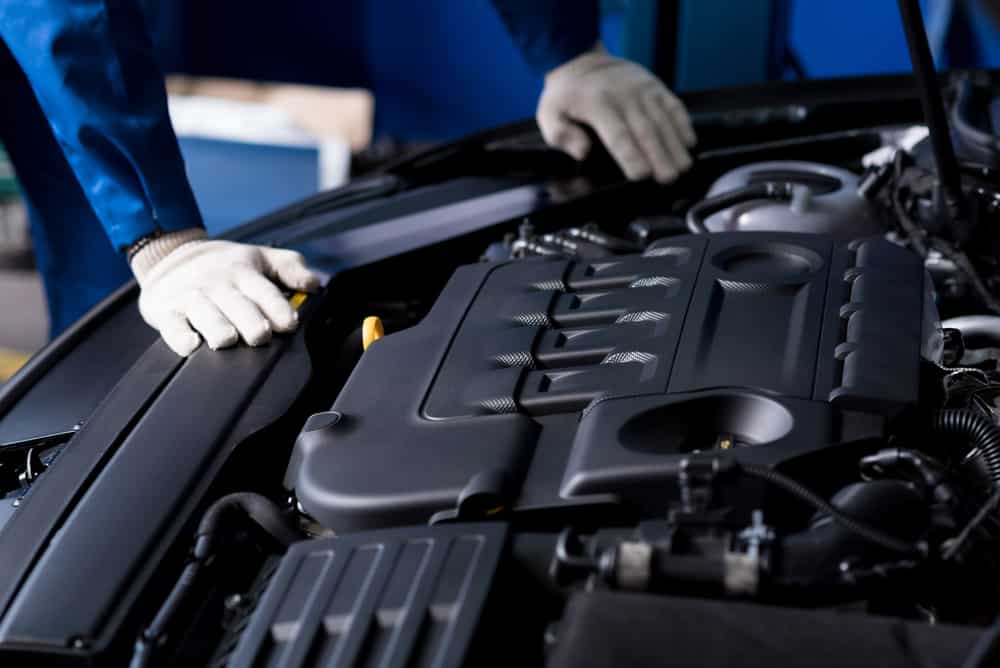Essential Car Emergency Kit Checklist | Be Prepared
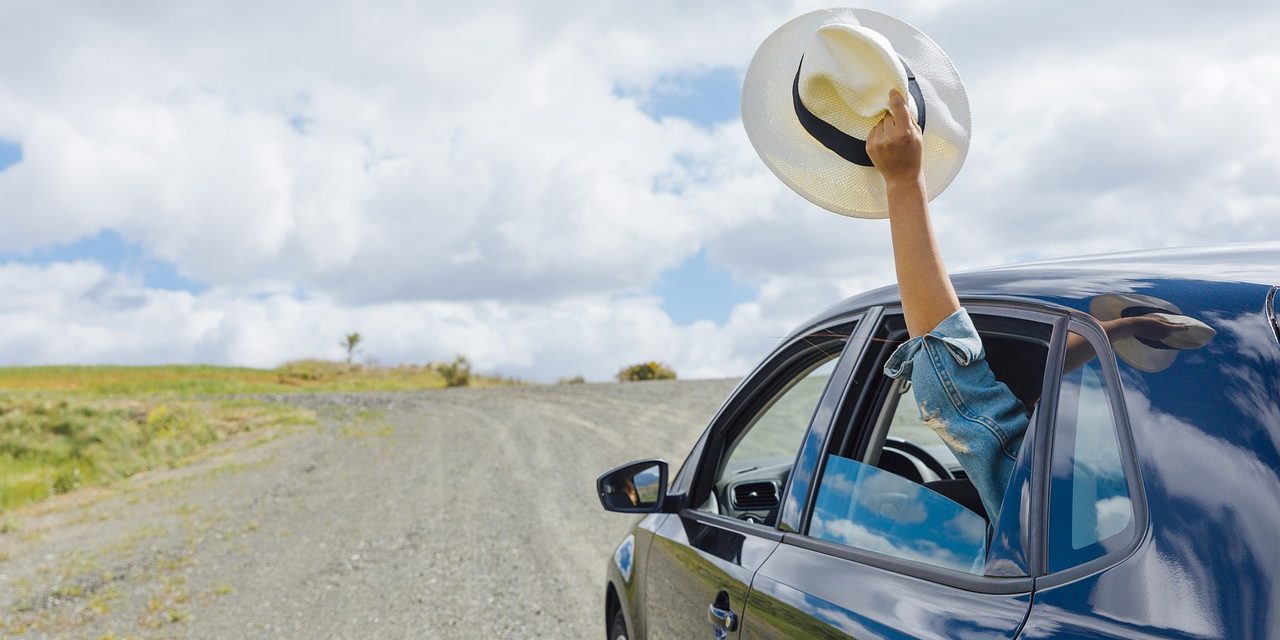
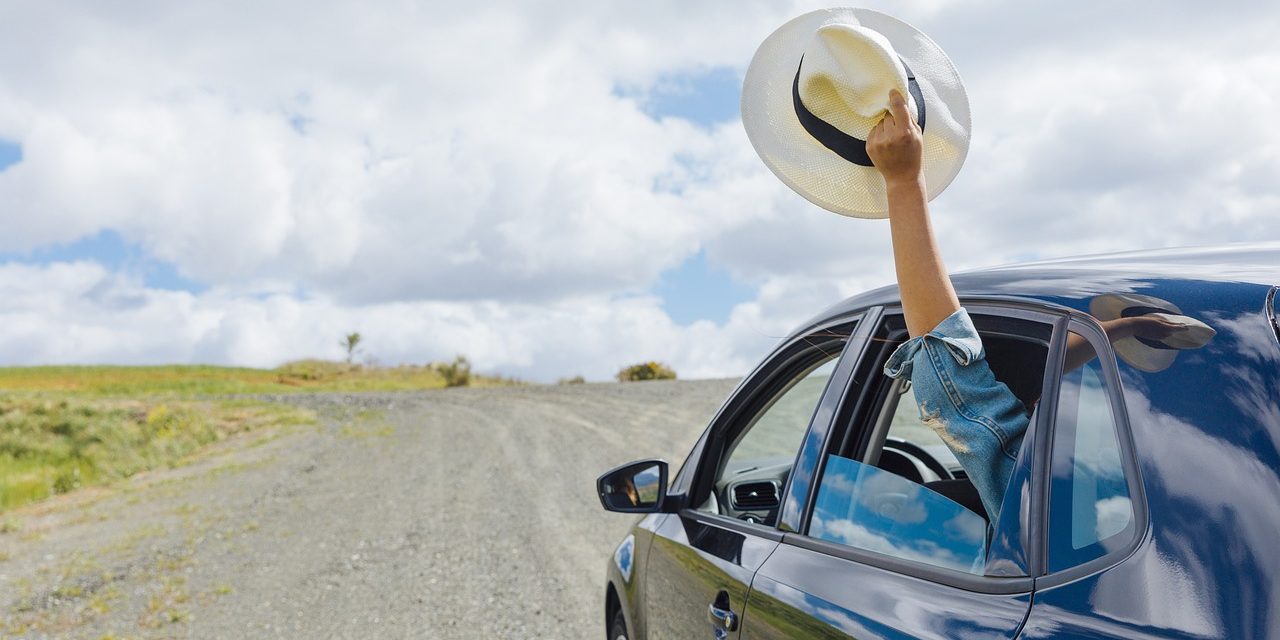
Are you ready for unexpected events while driving? Things like a flat tire or a breakdown can happen. Having a complete car emergency kit is crucial for your safety and peace of mind. Do you know what to put in this kit? We’ll help you with a detailed checklist for any roadside emergency.
Top 20 Must-Have Items for a Car Emergency Kit
Being ready for car troubles is important. The right items can help a lot when your car stops working. You need these top 20 things in your car’s emergency kit:
- A properly inflated spare tire, along with a jack and lug wrench
- Jumper cables or a portable jump starter
- Emergency roadside flares or reflective triangles
- A flashlight with extra batteries
- A basic toolkit, including a multi-purpose tool, pliers, and screwdrivers
- A tire pressure gauge
- A tire repair kit or tire sealant
- Duct tape and zip ties
- A fire extinguisher
- A first aid kit
- Bottled water and non-perishable snacks
- Extra clothing and blankets
- Emergency cash and a spare cell phone charger
- A portable air compressor
- A windshield ice scraper and snow brush
- A rain poncho or waterproof jacket
- Emergency contact numbers, including roadside assistance and insurance
- Maps or a GPS system
- A car escape tool with a seatbelt cutter and window breaker
- Important documents, such as your driver’s license, registration, and insurance card
These 20 items are very important for your car’s emergency kit. With them, you’re better ready for any car problem or accident on the road.
Why are these items important?
Each item has its job in keeping you safe in a car emergency. For example, a spare tire lets you replace a flat one. Jumper cables or a jump starter can fix a drained battery. Flares or triangles make your car seen by others to lower accident chances. A first aid kit cares for small injuries until help comes.
Remember, trouble can strike when you least expect it. Being ready with the right things in your car emergency kit gives you peace of mind. You’ll know you can handle anything on the road.
Additional Car Emergency Kit Accessories
Aside from the must-have items, you might want to add more to your car’s emergency kit. Here are some great accessories:
- Multi-tool: This tool is great for many uses. It includes a knife, pliers, screwdriver, and more.
- Tire inflator and sealer: It can fix and fill a flat tire, getting you to a service station.
- Jumper cables: You need these to jump-start a car with a dead battery. Make sure they are long enough and have strong clamps.
- Emergency hammer: If you’re stuck, this tool can break open a car window to help you get out.
Also, think about adding these items:
- Portable air compressor: Good for inflating tires and sports equipment anytime, anywhere.
- Reflective warning triangles: They make you more visible to other drivers, warning them of your presence.
- LED flashlight: Choose a strong, long-lasting flashlight. It’s useful in the dark and for calling for help.
- Emergency whistle: This small but loud whistle can get people’s attention, signaling for help in an emergency.
- Tire pressure gauge: Use it to keep your tires at the right pressure for safety and better gas mileage.
These extras can make your car’s emergency kit even more ready for anything. They give you a complete set of tools for different problems on the road.
Considerations for Special Circumstances
When you make a car emergency kit, think about what you need for special circumstances. The winter season brings more challenges, especially on icy roads. If you’re in an area with tough winters, add more items to your kit. This will keep you safe and comfortable during winter emergencies.
Car Emergency Kit for Winter Conditions
Adding winter-specific items to your car kit is very important. This will help you deal with snow and ice on the roads. Here are several items you should have:
- Include warm blankets for comfort and staying warm in cold conditions.
- Add extra warm clothing like hats, gloves, scarves, and thick socks.
- Don’t forget hand warmers for quick and easy warmth.
- Have a compact snow shovel for snow removal around your car.
- Keep a sturdy ice scraper to clear your windows before driving.
By including these items, you and your passengers will be safer in winter.
Personalized Car Emergency Kit
Everyone’s needs are different. It’s important to make your emergency kit fit your family. Add any needed items, like medicines or special medical supplies. This helps keep your family safe and comfortable during emergencies.
Customizing your emergency kit is key to being ready for any situation with your loved ones.
Storing and Maintaining Your Car Emergency Kit
After putting together your car emergency kit, it’s key to store it right. This makes everything easy to get to and last longer. You should follow these pointers:
1. Choose an Easily Accessible Location
Keep it somewhere easy to get to in your car like your trunk or under a seat. Don’t put it in your glove compartment. You might not be able to reach it when you need to.
2. Use a Sturdy Container
Put your items in a tough, waterproof container. A plastic bin with a secure lid is a fine choice. It stops your stuff from getting crushed or wet.
3. Regularly Check Expiration Dates
Always look at the expiration dates on your kit’s items. This is super important for things like food, water, batteries, and medicine. Swap out anything that’s past its use-by date.
4. Inspect and Replace Damaged Items
Check your kit often for any items that are broken or worn out. If you find something not working, replace it. This keeps your kit ready for action.
5. Check and Replenish Supplies
Make sure your kit is always stocked up. Replace used or missing items like batteries and first aid gear. This keeps your kit all set for any situation.
6. Consider Temperature Extremes
Think about the extreme hot and cold your car might go through. Don’t put things in your kit that can’t handle those temps. This includes electronics and food that can spoil.
7. Keep a Inventory List
Have a list of everything in your kit. Update the list as needed. It helps you know what you have and what to buy to fill in the gaps.
Stick to these steps to keep your emergency kit top-notch and ready for use. Remember, being ready is your best defense on the road.
Conclusion
It’s essential to be ready for emergencies when on the road. Stocking a good car emergency kit means you’ll be ready for anything. Use the checklist here, and add what you think you need. This way, you can tackle different problems if they happen on your trip.
Don’t forget to check your kit now and then. Make sure everything is still good and stock up on what you’ve used up. Also, keep your kit where you can easily grab it. This could be in your trunk or somewhere under a seat.
A well-prepared emergency kit gives you peace of mind. It helps you deal with problems like a car breaking down or a flat tire. This kit ensures you’re safe and ready for the unexpected. So, always be prepared and stay safe out on the road!

